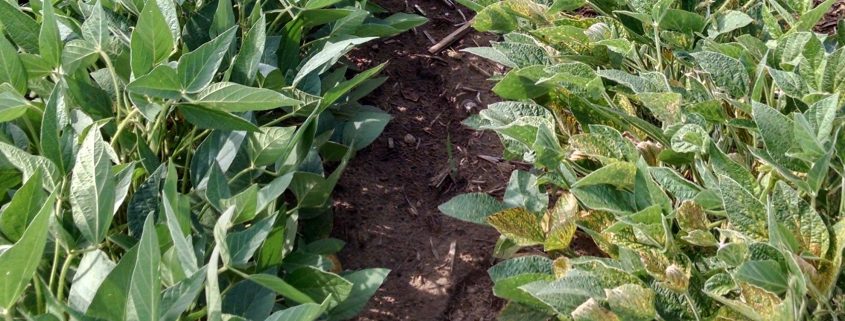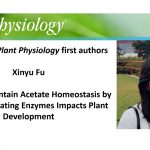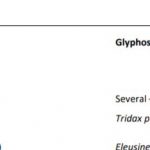Differential modulation of the pathogen transcriptome by distinct hosts
Baetsen-Young et al. identified key transcriptomic differences in coexpression networks following Fusarium virguliforme infection of symptomatic (soybean) vs. asymptomatic (corn) hosts Plant Cell https://doi.org/10.1105/tpc.19.00697
By Amy Baetsen-Young and Brad Day, Michigan State University
Background: Fungal plant pathogens elicit an array of symptoms during host colonization, and in total, these include changes in host plant development, disease, and death. To understand what plant and pathogen processes regulate the type(s) of symptoms elicited, numerous studies have focused on the identification of candidate virulence molecules and their interactions with the host immune system. In the current study, we evaluated the genetic changes over the course of infection in a symptomatic host, soybean, and an asymptomatic host, corn, to understand how the fungal pathogen Fusarium virguliforme causes disease.
Questions: How does a pathogen which infects two distinct hosts, yet causes disease on only one, respond to changes in host physiology? Moreover, when responding to host processes associated with immunity, how does a pathogen reprogram its development and physiological processes to adapt to, and counter, plant defenses and immunity? Are there rapid, early, transcriptional responses in F. virguliforme that underscore the establishment of symptomatic versus asymptomatic association?
Findings: Using a transcriptome-based approach over a time course of infection—from colonization to disease elicitation—we identified distinct temporal changes in host-pathogen coexpression networks that aligned with diverged growth and distinct developmental stages of F. virguliforme infection of corn vs. soybean. Using this approach, we discovered a nearly complete network rewiring in the pathogen, with less than 8% average gene coexpression module overlap following colonizing the different plant hosts. The data described in the current study suggest a divergence of transcriptomes originating from host-specific temporal induction of genes, a process we hypothesize is central to infection and colonization. We propose that F. virguliforme modulates divergent infection profiles through transcriptional plasticity.
Next Steps: Important future work includes validation of gene function, the interaction between distinct plant genomes and a fungal pathogen with a broad host range, and the exploration of gene regulatory networks underlying host dependent fungal transcriptome plasticity.
Amy Baetsen-Young, Ching Man Wai, Robert VanBuren, and Brad Day. (2020). Fusarium virguliforme Transcriptional Plasticity Is Revealed by Host Colonization of Corn vs. Soybean. Plant Cell. https://doi.org/10.1105/tpc.19.00697




